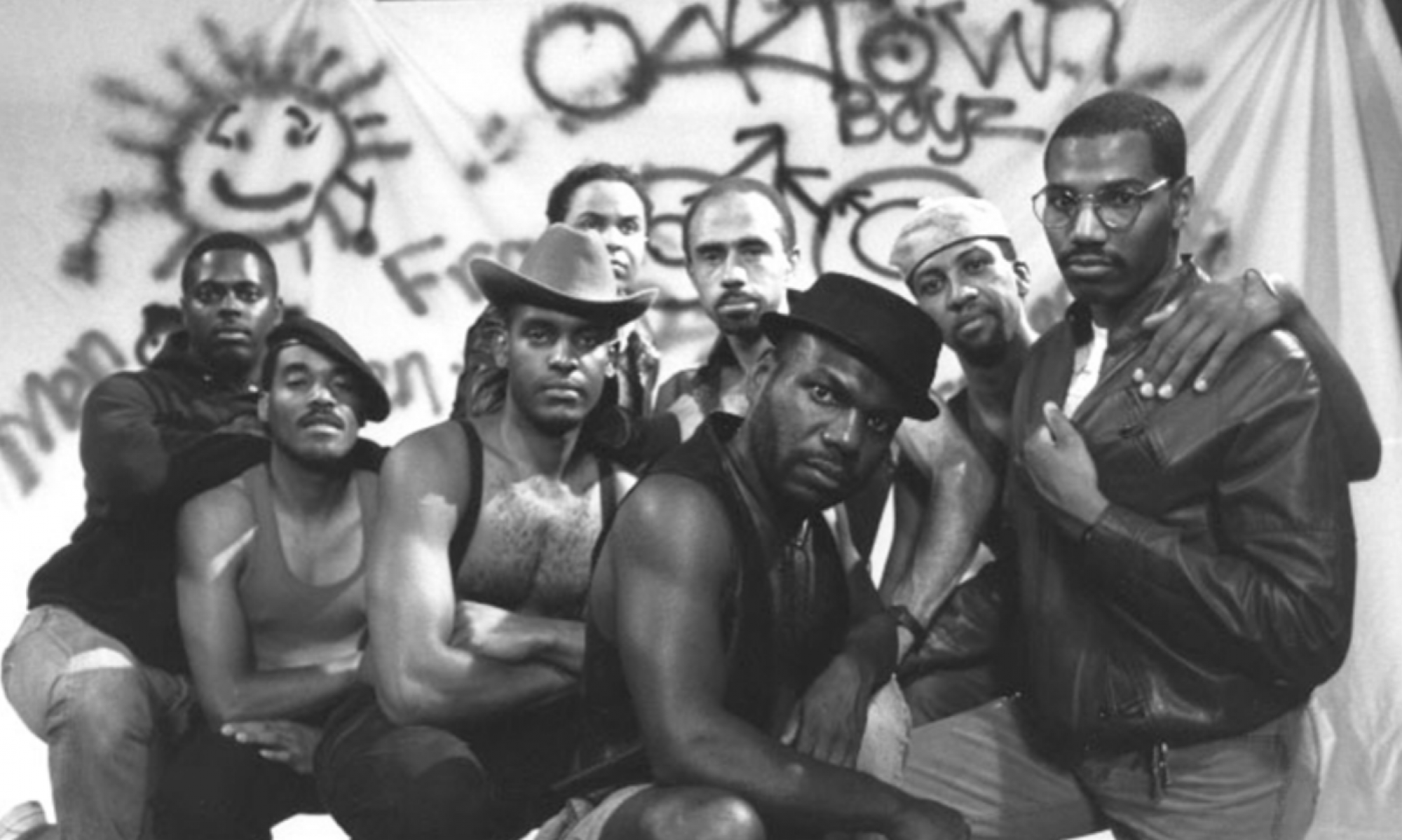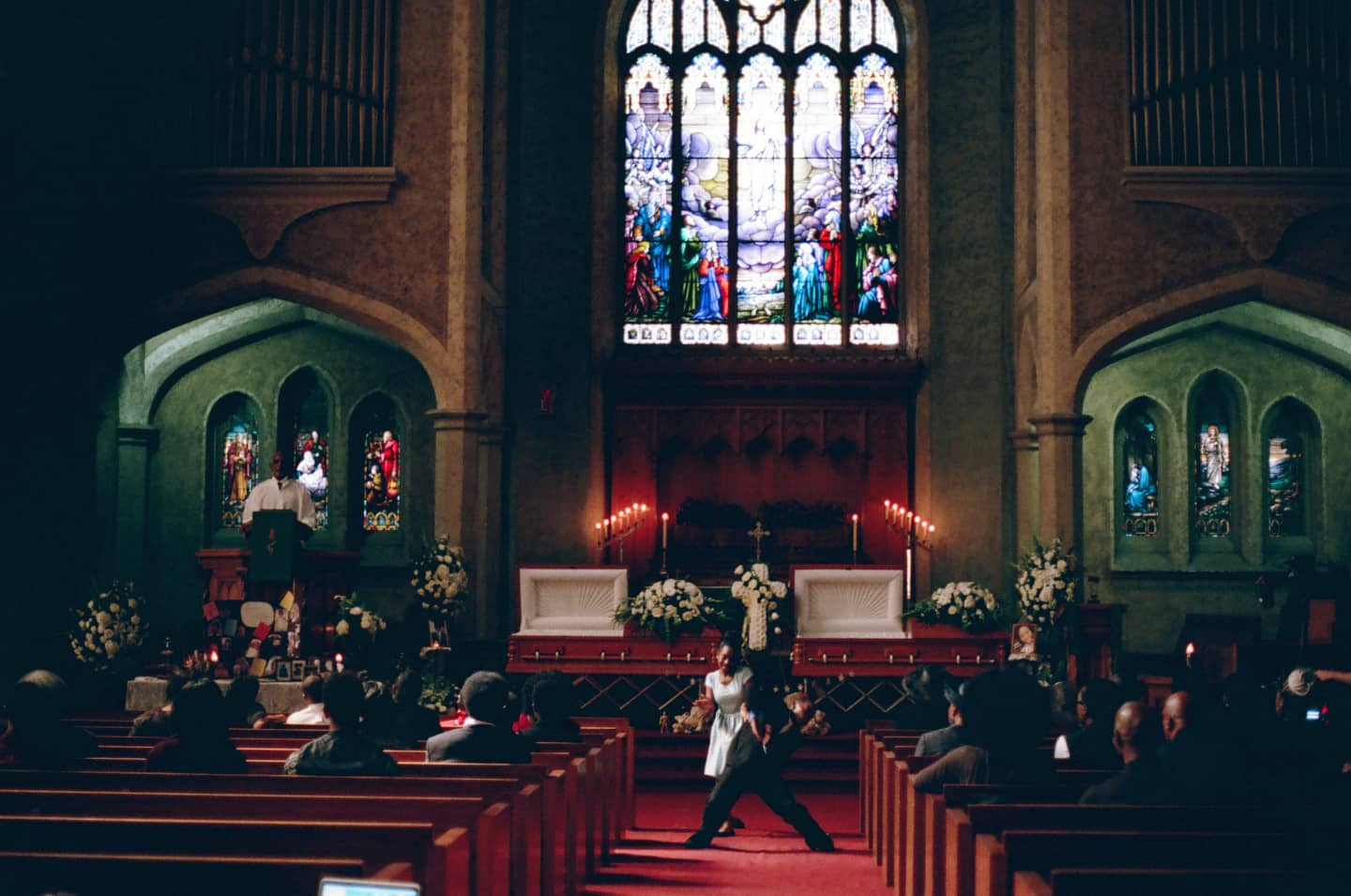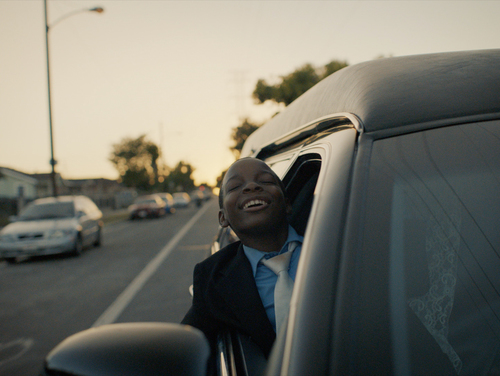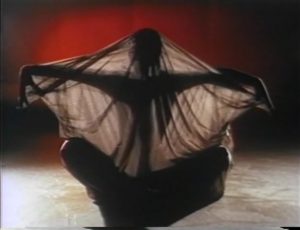In the complicated dynamics of decisions to project narrative relationships into erotic relationships in the form of fanfiction, the dynamics of aesthetics and classical compatibility may come to mind as a methodology for creating such relationships, however, by looking at the archetypical concept of the “trio” (two contrasting male protagonists with one sole female protagonist) in Naruto, Kingdom Hearts, and Attack on Titan, we can see that the dynamics of the duality of appropriation in fanfiction and resistive exploration and representation define erotic relationships based upon the objectification of male bodies via strong power dynamics, narrative underdevelopment, and abusive relationships. These dynamics then subvert other relationships within the narrative. Through this phenomenon, we can get a better understanding of the representation of media through fanfiction and projection of personal motivations into these fictions in relation to all to common trio archetypes, and the dually appropriative, resistive-to-normaitivty creative process of fanfiction writers to construct a communally sourced narrative that projects the canon onto the new based upon the dynamics of characters within a story and how these map to the configurations desired by the folk creative body of fanfiction writers. This archetype is common in many forms of literature, but can be most visibly exemplified by Japanese media in the past 10 years, where it has been extremely prevalent as a method to create multiple “main characters” that are intended to be equally important.
As primary sources with which to exemplify the dynamics of the archetypical characters in this paper, I’ve selected three scenes from Kingdom Hearts, Naruto, and Attack on Titan, naturally.
As the example for Attack on Titan, I’ve chosen a scene in which Eren is suspected of being a titan in human form by the military and is being threatened to be executed. Mikasa and Armin come to his side to try to vouch for him, but they are threatened too. The scene turns very dramatic very fast, with Eren having flashbacks to memories he doesn’t quite understand of his dead father, among other things, and he begins to understand his abilities. The main nuances of this scene are that normative gender roles (especially for the world war-like aesthetics of the story) are subverted very heavily, as Mikasa lifts Eren over her shoulder to try to protect him, and Armin is still there by their side, as they all frantically try to save themselves and each other, until the last moment before a cannon is fired upon them, and Eren partially turns into a Titan to defend all of them.
(3:18 – 7:25)
As particular examples of where some of the qualities of these architypes can be seen, I’ve chosen a scene where Sora is reunited with Riku and Kairi. In this scene, Sora greets Kairi with an awkward stuttering and inability to speak a sentence, along with an awkward hug, whereas his reuniting with Riku (which takes the form of Sora realizing that Riku is there with him, but not in a physical form that he recognized as him) and he breaks down to his knees, holding Riku’s hand and crying, saying “I looked for you” (it wouldn’t be an exaggeration to say that this difference is even campy)
For the example of Naruto, I have chosen a well-known scene towards the beginning of the series where Naruto is in a classroom, squatting on a table in front of Sasuke (whether this is to intimidate him, or examine him is vauge), but he gets knocked over, and accidentally kisses Sasuke (to the dismay of the girls in the class, including Sakura). It is impossible to not call this scene a strong example of camp in the series, because the situation is just too absurd not to.
| Kingdom Hearts | Naruto | Attack on Titan |
| Axel/Roxas – 40% | Sasuke/Naruto – 44% | Levi/Eren – 46% |
| Riku/Sora – 34% | Kakashi/Iruka – 19% | Marco/Jean – 21% |
| Kairi/Sora – 10% | Sasuke/Sakura – 17% | Levi/Erwin – 17% |
| Kairi/Riku/Sora – 8% | Naruto/Hinata – 12% | Historia/Ymir – 9% |
| Demyx/Zexion – 7% | Sakura/Kakashi – 8% | Armin/Eren – 7% |
To gauge how fans create original content from these media, I’ve used the database of Archive of Our Own, a popular website to post fanfiction of numerous different series, often being in the thousands of submissions for particularly popular narratives. Using this database, we can not only gauge how popular fanfiction is for any particular series, but also see accurately the exact numbers of submissions, including submissions under specific tags. For our purposes, we’ll be looking at the tags for particular “ships”, or relationships that are tagged for any particular submission, which conveniently list the numbers of submissions for that particular tag. With this system, I’ve put together the relative proportions of particular “ships” in the top 5 tags of each series. (I’ve chosen to only look at the top 5, rather than the top 10, for instance, as there is a quick drop off of when the less popular tags get closer together in popularity and focus on more difficult to explain pairings of secondary characters)
Bibliography:
Brienza, Casey. “Sociological Perspectives on Japanese Manga in America.” Sociology Compass 8, no. 5 (2014): 468-77. doi:10.1111/soc4.12158.
Brienza gives us an a theoretical framework with which we can see that fanfiction is a discursive process through which to explore cathartic projections of homoeroticism to resist normative, commercially guided media, as well as a way for the (predominantly straight women) fanfiction writers to project the object of desire onto exclusively men in erotic situations, and avoid the objectification of women
Dennis, Jeffery P. “Drawing Desire: Male Youth and Homoerotic Fan Art.” Journal of LGBT Youth 7, no. 1 (2010): 6-28. doi:10.1080/19361650903507734.
Jeffrey P. Dennis articulates the work of many scholars that “Ethnographic interviews with the writers reveal that most are heterosexual girls and women, using the male pairings to fantasize about erotic desire without female competition. This is to say that the male pairings construct a space of interpretations where women in the readership can fantacize about men without the context of the objectification or power dynamics with and between women, but rather with a pure sense of interaction between male characters as the replaced objects of desire that are intra-acting under this scheme of an alternative.
Green, Joshua, and Henry Jenkins. “Spreadable Media: How Audiences Create Value and Meaning in a Networked Economy.” The Handbook of Media Audiences, 2011, 109-27. doi:10.1002/9781444340525.ch5.
Henry Jenkins, the former director of media studies at MIT gives us a jumping off point for the motivations of readership to produce fanfiction at all, in the form of a succinct quote that he has reinforced time and time again: “Fanfiction is a way of the culture repairing the damage done in a system where contemporary myths are owned by corporations instead of owned by the folk”
McHarry, Mark, Antonia Levi, and Dru Pagliassotti. Boys Love Manga: Essays on the Sexual Ambiguity and Cross-cultural Fandom of the Genre. Jefferson, NC: McFarland &, Publishers, 2010.
In Chapter 4 of Boys Love Manga, Mark John Isola unifies the motivations of fanfiction writers with the consequences of their actions, in the form of a duality that the production of homoerotic fan fiction by predominantly straight women as a way to resist the normative narratives of heteroerotic patriarchy and project the object of desire solely to men is inseparable from the consequence that this action produces an appropriation of the lived experiences of gay men into an unreal, unlived, sterilized version of homoeroticism that complicates, misrepresents, and warps the perceptions and developments of queer identities.


 The children shift from dancing to running, as they run from their own caskets, in a way like children running from an obligation, like a normal church service, rather than their own funeral. They’re having fun, celebrating their lives, giving the viewer an unexpected emotional experience out of this normally grim scene. As the children run away from the funeral, the scene opens up to the outside of the church, where they’re able to dance and enjoy the sunlight, with other black children, in a normal, happy neighborhood setting. The scene is now completely happy, with no reference to the previously grim scene that the children were just in, that is until they run to steal the hearse that was meant for them. As they steal the hearse, they’re still happy, celebrating their lives, and triumphing over the death that just loomed over them. The last shot, highlighting this the most, is the boy in the passenger seat of the hearse that was meant to transport him to his grave, feeling the wind in his face and smiling as he rides away.
The children shift from dancing to running, as they run from their own caskets, in a way like children running from an obligation, like a normal church service, rather than their own funeral. They’re having fun, celebrating their lives, giving the viewer an unexpected emotional experience out of this normally grim scene. As the children run away from the funeral, the scene opens up to the outside of the church, where they’re able to dance and enjoy the sunlight, with other black children, in a normal, happy neighborhood setting. The scene is now completely happy, with no reference to the previously grim scene that the children were just in, that is until they run to steal the hearse that was meant for them. As they steal the hearse, they’re still happy, celebrating their lives, and triumphing over the death that just loomed over them. The last shot, highlighting this the most, is the boy in the passenger seat of the hearse that was meant to transport him to his grave, feeling the wind in his face and smiling as he rides away.
